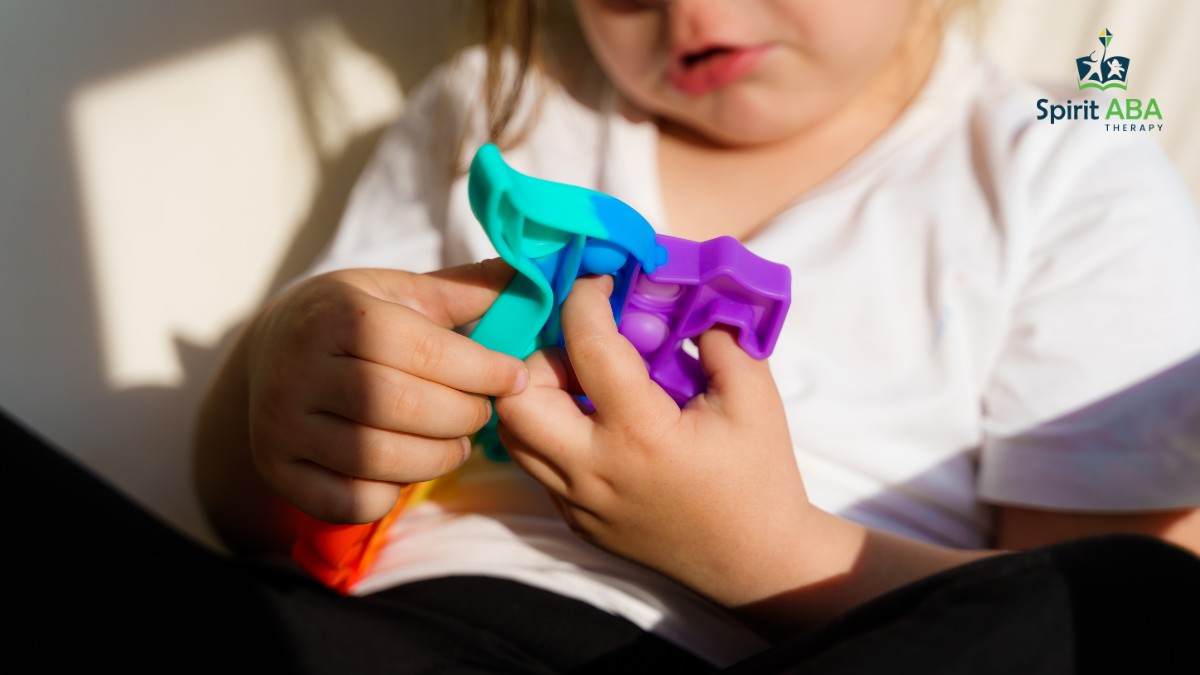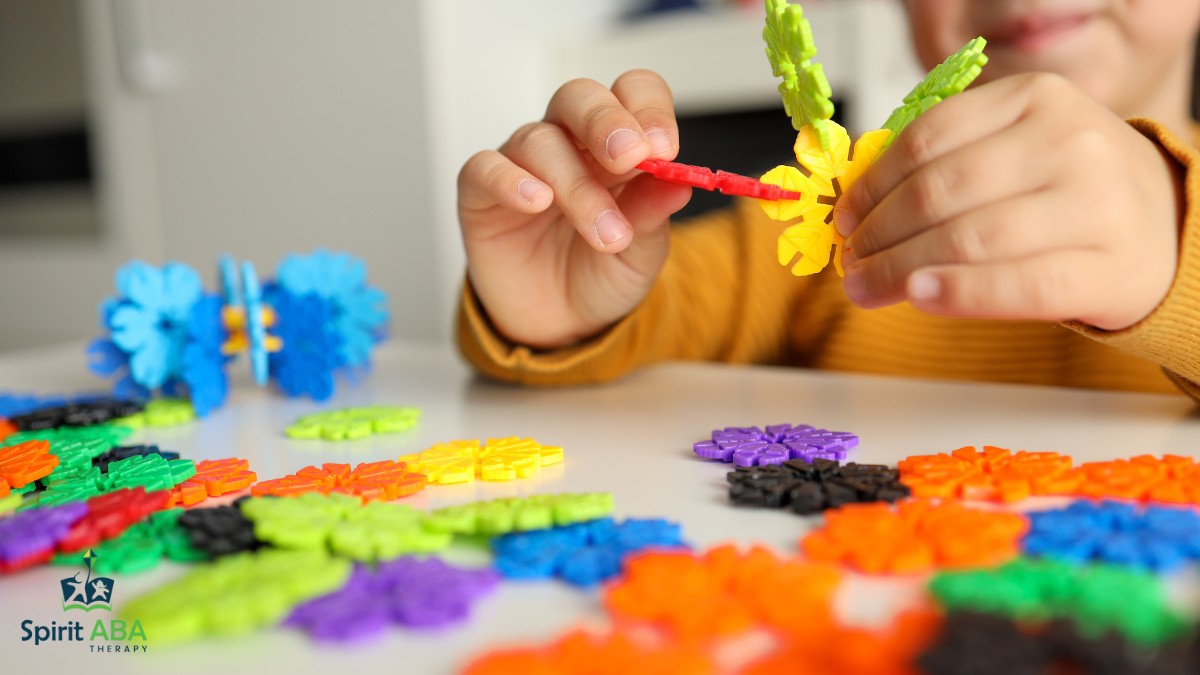Key Points:
- Autism interactive toys support sensory regulation, fine motor skills, and communication through fun and engaging play experiences.
- The right toys promote learning, calm overstimulation, and meet individual sensory needs.
- Parents should choose toys based on their child’s sensory preferences, developmental goals, and play interests.
Play can be powerful, especially for children with autism. Autism interactive toys offer more than fun; they support learning, soothe overstimulation, and invite connection. With the right tools, you can turn playtime into meaningful moments that build skills and deepen your bond with your child.
Why Are Autism Interactive Toys Important for Children?
Autism interactive toys aren’t just for entertainment—they serve a deeper purpose. These specially designed toys help children on the autism spectrum engage their senses, strengthen developmental skills, and express themselves in safe, fun ways. Whether a child craves tactile input, visual stimulation, or auditory feedback, there’s a toy that meets their needs and helps them thrive.
These toys can also build skills used in everyday life—fine motor control, cause-and-effect understanding, communication, and social interaction. Many are used in therapy sessions, classrooms, or at home. The key is choosing toys that align with your child’s individual sensory profile, whether they are sensory seekers or avoiders, verbal or non-verbal, highly active or more observant.

What to Look for in Autism Interactive Toys?
Before diving into the best toys, it’s important to understand what makes a toy helpful for a child on the autism spectrum. The best autism interactive toys aren’t necessarily the most expensive or flashy—they’re the ones that meet a need and match a child’s preferences.
Here are a few things to consider when selecting autism toys that truly support growth and engagement. These factors can guide your decisions and help avoid trial-and-error shopping.
Sensory Appeal
Look for toys that provide tactile, visual, auditory, or vestibular input depending on what your child responds well to. Sensory bins, light-up toys, or musical instruments can meet different sensory needs.
Skill-Building Focus
Choose toys that support motor planning, fine motor skills, cognitive development, or communication. Many interactive toys help develop cause-and-effect understanding, which is a foundational cognitive skill.
Simplicity and Durability
Children with autism often benefit from clear, consistent feedback from a toy. Simple, sturdy toys with predictable responses work best—avoid toys with overwhelming lights or unpredictable sounds unless your child enjoys those.
Safety and Accessibility
Ensure the toy is safe, free from small parts (if your child is prone to mouthing), and easy for them to manipulate. Toys that are accessible to children with motor planning difficulties or language delays are especially helpful.

Best Autism Interactive Toys for Sensory Play and Development
Choosing the right toy can feel overwhelming, but it doesn’t have to be. Below are some tried-and-true favorites among parents, therapists, and educators that target both sensory play and developmental growth.
Each of these toys has unique features that support engagement, learning, and joyful interaction. Here are our top picks categorized by sensory need.
1. Tactile and Fine Motor Toys
Children who crave touch or need help with hand coordination can benefit from toys that invite squeezing, pinching, pulling, or pressing.
Top Picks:
- Therapy Putty – Helps strengthen hand muscles and manage anxiety.
- Textured Balls – Offers varied touch sensations for exploration and tactile input.
- Pop Tubes – Create satisfying feedback when pulled and bent; great for finger strength and auditory feedback.
- Fidget Cubes – Offer multiple surfaces and functions for fingers to explore, aiding focus and regulation.
2. Visual Stimulation Toys
For kids drawn to movement, color, or light, visual toys offer mesmerizing engagement and support calming.
Top Picks:
- Liquid Motion Bubblers – Slow-dropping colored bubbles are calming and ideal for visual tracking.
- Fiber Optic Lamps – Safe to touch, colorful, and great for dark sensory spaces.
- Spinning Light Wands – Combine movement and light, ideal for cause-and-effect learning.
3. Auditory and Musical Toys
Children who enjoy sound—or need to build auditory tolerance—may love toys that produce gentle music, rhythmic beats, or interactive sound feedback.
Top Picks:
- Mini Keyboards or Xylophones – Encourage creativity while helping develop listening and motor coordination.
- Sound Puzzle Boards – Offer feedback when a piece is placed correctly, reinforcing matching and recognition.
- Musical Pop Beads – Snap together to create different shapes and sounds while supporting fine motor skills.
4. Vestibular and Movement Toys
Some kids need to move to focus or feel grounded. These toys provide safe movement input to support balance and body awareness.
Top Picks:
- Sit and Spin Toys – Encourage self-directed movement and balance regulation.
- Mini Trampolines with Handles – Great for indoor energy release and sensory input.
- Rocking Seats or Balance Boards – Calm the nervous system and promote core strength.
5. Communication and Social Skill Toys
For children working on communication goals, some toys are designed to support expressive language, turn-taking, and engagement with others.
Top Picks:
- Interactive Plush Toys – Respond to touch or voice, encouraging cause-and-effect and simple communication.
- Picture Exchange Cards (PECS) Toys – Help non-verbal children request items or actions through visual cues.
- Board Games with Visual Supports – Reinforce waiting, taking turns, and following directions in a playful context.
How Can Parents Use Interactive Toys in Daily Routines?
Interactive toys are most effective when used consistently and intentionally. Incorporating them into daily routines—like bath time, transitions, or mealtimes—can help children generalize skills and stay regulated throughout the day.
One helpful tip: don’t overload the play space with too many options. Offering two or three toys at a time allows children to explore more deeply and reduces overwhelm. Rotating toys every few days keeps things fresh and exciting.
Parents can also create simple play routines: singing a song while using a light toy, squeezing putty during story time, or jumping on a trampoline before homework. The goal isn’t just to play—it’s to create moments of connection, comfort, and growth.
How Do Autism Interactive Toys Support Therapy Goals?
Autism interactive toys are often integrated into ABA therapy sessions to target specific developmental goals. Therapists use these tools to shape communication, improve self-regulation, and support behavior changes in a structured but fun way.
Toys that offer immediate feedback—like lights, sounds, or movement—are especially helpful in reinforcing desired behaviors. Over time, therapists fade prompts and increase the complexity of play to match the child’s progress. Parents are often coached on how to use similar toys at home, creating a bridge between therapy and everyday life.
With the right toys and strategies, parents can turn everyday moments into opportunities for learning and bonding. Whether it’s building language, motor skills, or emotional regulation, the right toy can open a world of possibilities.
Want Personalized Support for Your Child’s Development?
Choosing the right autism interactive toys is a great step, but pairing them with expert guidance can make an even bigger impact. At Spirit ABA, we provide personalized ABA therapy in Iowa, Colorado and Nebraska that supports every child’s unique communication, sensory, and developmental needs.
Our therapy plans often include structured play using interactive toys, so your child not only enjoys playtime but also makes meaningful progress. Whether you’re working on communication, behavior, or social skills, our compassionate therapists are here to guide you and your child every step of the way.
Ready to support your child with expert care and proven strategies? Contact Spirit ABA today and discover how our ABA therapy services can help your child grow, learn, and thrive—one playful step at a time.


